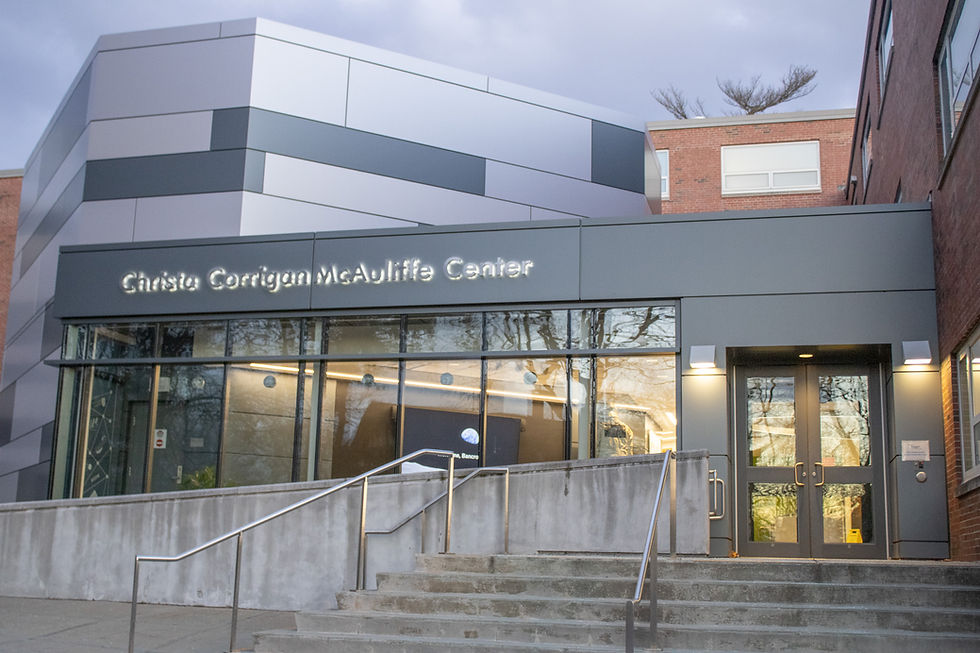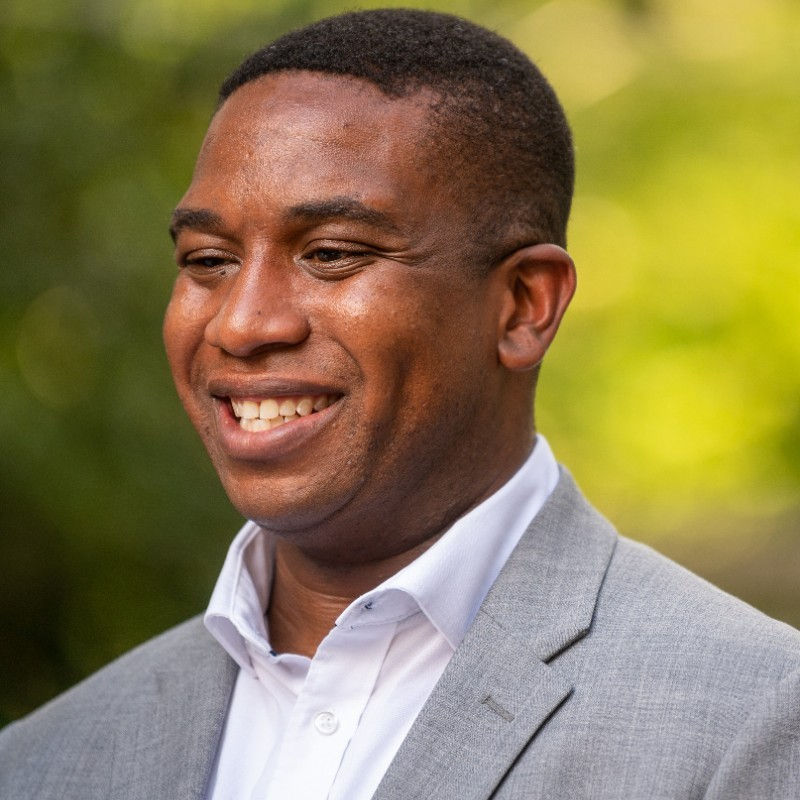Diversity report finds FSU lacking
- Heather Waxman
- Apr 19, 2012
- 6 min read
By Heather Waxman
Staff Writer
In the short term, President Timothy Flanagan is not hiring a chief diversity officer at the vice presidential level as recommended by the Committee on Diversity and Inclusion (CDI) in a report released this spring.
Instead, Flanagan is recommending that a part-time faculty coordinator be appointed to facilitate diversity efforts on campus.
Flanagan said a recommendation to hire a chief diversity officer will be included in the university’s five-year strategic plan, which will be voted on by the Board of Trustees in May.
However, according to Flanagan, his “strong preference” is to try to develop resources from within the campus. “I strongly believe that if a person can be identified who is passionate about diversity and inclusion issues and knows and understands our campus, we will be much more likely to be successful than if we just post an ad and try to hire somebody to organize our diversity efforts,” he said.
Flanagan said that hiring someone from outside FSU who is not familiar with the campus community would present a challenge. “The culture of every college and university is distinct,” he said. “We’re not Worcester State. We’re not Westfield. We’re no Bridgewater. They’re very different organizations. I’m not saying it’s impossible, but it represents yet another learning curve that has to be overcome,” he said.
According to the CDI’s strategic plan, a chief diversity officer and administrative assistant for that office would cost $170,000 annually.
Sociology Professor Susan Dargan, co-chair of the CDI, said, “The idea behind the chief diversity officer at the VP level was that person would be responsible and accountable for corralling an effort that included all campus constituents.”
The faculty coordinator position will go into effect sometime between July and September, depending on how quickly the hiring process moves, said Rita Colucci, chief of staff and general counsel. Colucci said a search committee is currently being formed and “will make a recommendation to Vice President Vaden-Goad, who will have the final say.”
Referring to the part-time faculty coordinator for diversity, Dargan said, “A faculty member that is teaching will be given a stipend for leading the faculty and helping faculty have a more inclusive classroom. The other piece would be helping with recruitment and retention of faculty from underrepresented groups.”
In February, the CDI released the “Framingham State University Diversity and Inclusion Report,” a study conducted to assess FSU’s campus climate and offer recommendations for a five-year strategic plan.
The CDI paid Ibis Consulting Group $24,999 to survey students, faculty and staff and compile the evidence in the report, said Colucci.
Dargan said, “Ibis compared us to peer institutions in staffing in terms of support for diversity initiatives, but also staffing in terms of representation.”
According to the report, Framingham State does not measure up in areas of diversity among faculty, staff and students when compared with peer institutions such as Bridgewater State University, Worcester State University and Bloomsburg University in Pennsylvania.
“Worcester State University has a disabilities person, Bloomsburg University has an office of social equity and an office of multicultural affairs and, at Bridgewater State, there are separate offices for affirmative action, social equality and multicultural affairs,” said Dargan.
According to the report, FSU does not measure up to other institutions in terms of diversity.
There were two distinct areas the committee called “troubling.” The report showed “significant differences in the ways that groups codified race, ethnicity, sexual orientation, national origin, disability and gender experience our campus.” The study also showed an urgent necessity for coherent and comprehensive leader” in order to create a more welcoming environment on campus.
When asked to respond to the statement, “The general atmosphere at Framingham State is comfortable for people from diverse backgrounds,” the study found that while 75 percent of black students disagreed with the statement, only 8 percent of white students disagreed.
Sociology Professor Virginia Rutter, the author of the report’s executive summary, said, “I think what we found really important from the data we collected was that there were significant differences in levels of comfort at Framingham State. It points us in the direction of where we should go, in making Framingham a more comfortable place.”
Flannigan said, in terms of diversity, there is room for improvement. “Diversity is also about the composition of the faculty, and we’ve made virtually no progress there,” he said. “It’s clear that we have a lot of work to do there, in those things complement each other because there’s a lot of research that shows that you can do a better job in terms of recruiting A diverse group of students if you have faculty that are diverse as well.”
Dargan agreed the statistics point to the need for a more diverse faculty. “We are seeing an increase in students of color – a significant increase – students deserve to have faculty members who look like them – they can relate to,” she said.
The strategic plan also calls for multicultural center staffed by at least one person and an advisory group on multicultural affairs, with the goal of increasing the number of clubs and events on campus that incorporate diversity and inclusion. The estimated budget for the center staff is $59,850 for one staff assistant, and related costs. The plan also calls for $100,00 to continue the academic diversity fellowship program.
“I like to see us have [a multicultural center],” said Flanagan. “I think what we need is a detailed description of what the center would do, what its mission would be, what its budget would be … And so forth. The most important part of that is, ‘What would the mission be?’ and, ‘How would it complement the diverse the activities that are already taking place on campus?'”
Keyona bell, co-chair of the CDI, said that in order for diversity to improve on campus, FSU should look at what peer institutions are doing and try to model them.
“We see other colleges that have a chief diversity officer or a place where people can go” other than the Office of Multicultural Affairs, said Bell. “Diversity is so large with multiple subcategories so it’s hard to say, ‘Oh, they can just go there,’ because that’s not what that offices for. Maybe in the long run, we can work towards getting that.”
Bell said strides can be made by offering more programming in forums for people to discuss diversity.
She added that while the data is important, students’ perception of diversity on campus also matter.
“It’s really easy to read a huge report and always look at the numbers and the data, which is extremely important, but [seeing] the kinds of questions that were asked and people’s responses … seeing how people perceive our campus for themselves is an important thing.”
Dargan said students need to be more vocal.
“Students need to get together and push. There is an issue about different groups feeling different levels of comfort here,” said Dargan. “I think stuents need to organize more about some of these issues.”
According to Dargan, the CDI committee members have formed sub-groups which work together to solve problems that are of a common interest.
“One of the issues with retaining faculty and staff of color has to do with this feeling of isolation that people can sometimes have if they’re in this place where there aren’t as many people [like them],” said Dargan. “Some members of our committee have started affinity groups where they’re going to try to work together to try to address common issues experiences people of color on campus.”
The end goal, said Dargan, is to have a diverse campus that makes everyone feel like after he was a place they can call comfortable.
“If we have an open and inclusive campus, it benefits everyone,” said Dargan. “It’s really about making a campus a better place for everyone.”
Allison Whittaker, a senior English major, said the clubs on campus do a good job of encouraging diversity. “With BSU and all the events that go on, it’s a lot more diverse here than where I grew up. There were two black kids and a couple of Asian kids at my school, so from my experience, it’s a lot more diverse.”
Todd Rowley, a senior math major, said, “There is a lot more diversity here than other schools I have been to.”
Jolene Dorgilus, a junior nutrition major, thinks FSU lacks in the areas of diversity and inclusion. “I came from Regis College, where there were mostly students of color, but still we were all together. Here, there are different cliques where white students stay together and students of color stay together.”
Scott Shea, a sophomore English major, said, “I feel like diversity goes further than race and it’s really hard to generalize on campus. Some people don’t even want to choose an identity.”
Chis Wallace, a senior biology major, said there is room for improvement on campus. I believe there is some diversity, but not as much as we would hope to have. That is something we can strive for – to have a more diverse community.”





